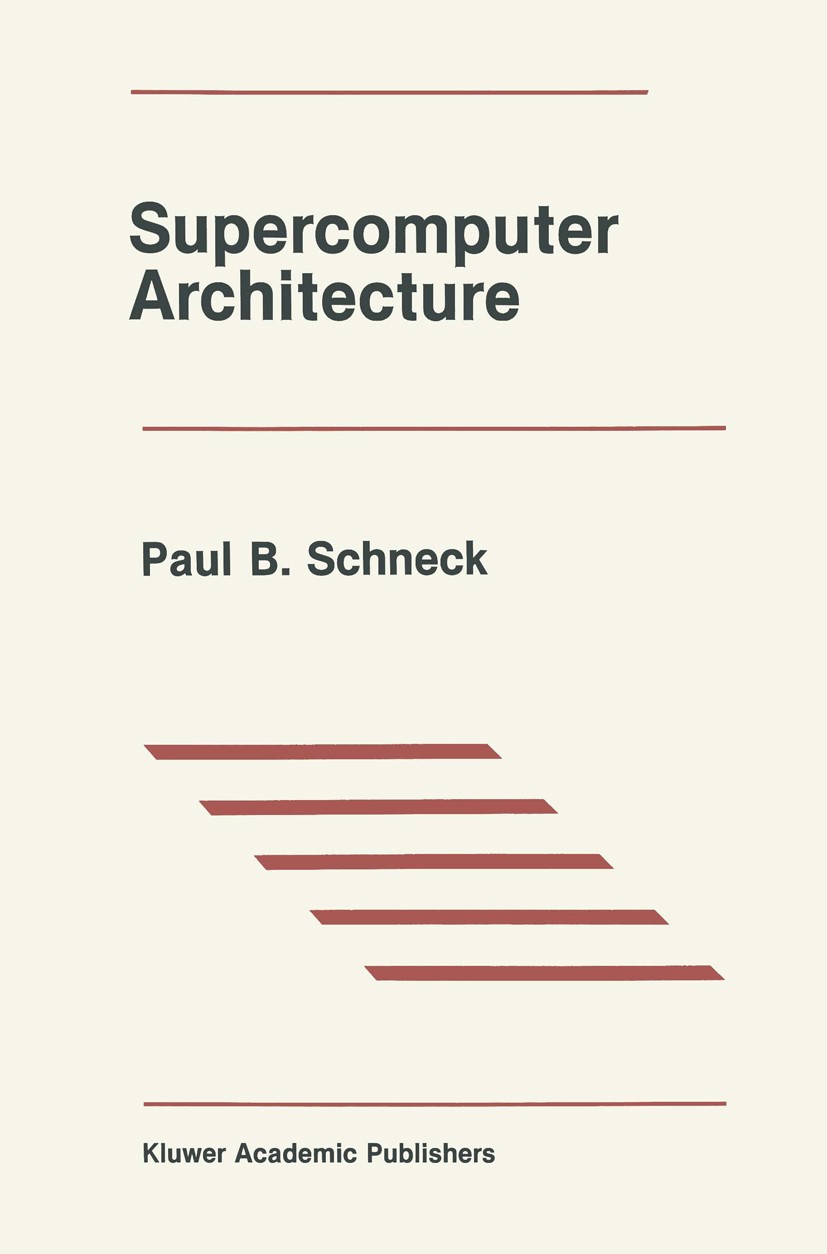| 书目名称 | Supercomputer Architecture | | 编辑 | Paul B. Schneck | | 视频video | http://file.papertrans.cn/882/881776/881776.mp4 | | 丛书名称 | The Springer International Series in Engineering and Computer Science | | 图书封面 |  | | 描述 | Supercomputers are the largest and fastest computers available at any point in time. The term was used for the first time in the New York World, March 1920, to describe "new statistical machines with the mental power of 100 skilled mathematicians in solving even highly complex algebraic problems. " Invented by Mendenhall and Warren, these machines were used at Columbia University‘S Statistical Bureau. Recently, supercomputers have been used primarily to solve large-scale prob lems in science and engineering. Solutions of systems of partial differential equa tions, such as those found in nuclear physics, meteorology, and computational fluid dynamics, account for the majority of supercomputer use today. The early computers, such as EDVAC, SSEC, 701, and UNIVAC, demonstrated the feasibility of building fast electronic computing machines which could become commercial products. The next generation of computers focused on attaining the highest possible computational speeds. This book discusses the architectural approaches used to yield significantly higher computing speeds while preserving the conventional, von Neumann, machine organization (Chapters 2-4). Subsequent improvements depen | | 出版日期 | Book 1987 | | 关键词 | algorithms; computer; computer architecture; processor; supercomputer | | 版次 | 1 | | doi | https://doi.org/10.1007/978-1-4615-7957-1 | | isbn_softcover | 978-1-4615-7959-5 | | isbn_ebook | 978-1-4615-7957-1Series ISSN 0893-3405 | | issn_series | 0893-3405 | | copyright | Kluwer Academic Publishers 1987 |
The information of publication is updating

|
|
 |Archiver|手机版|小黑屋|
派博传思国际
( 京公网安备110108008328)
GMT+8, 2025-12-14 12:04
|Archiver|手机版|小黑屋|
派博传思国际
( 京公网安备110108008328)
GMT+8, 2025-12-14 12:04


